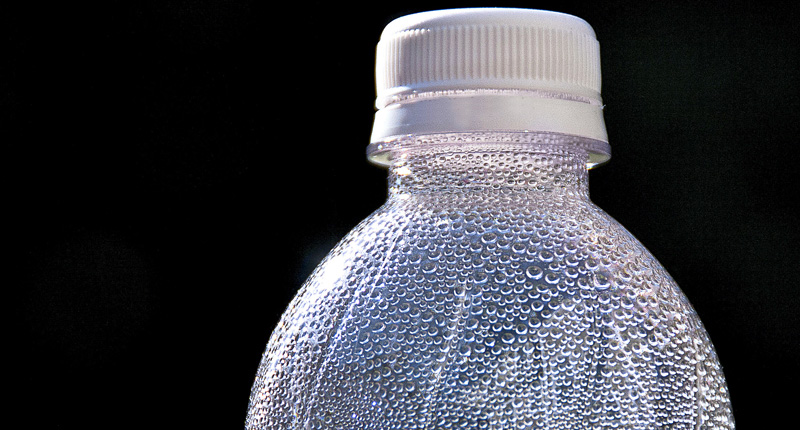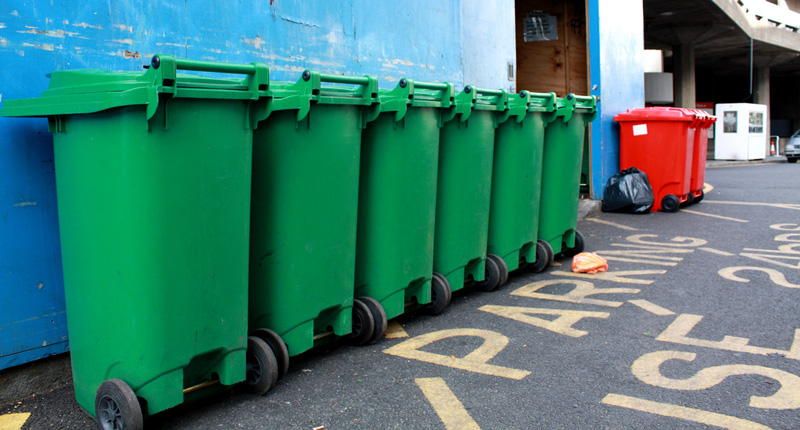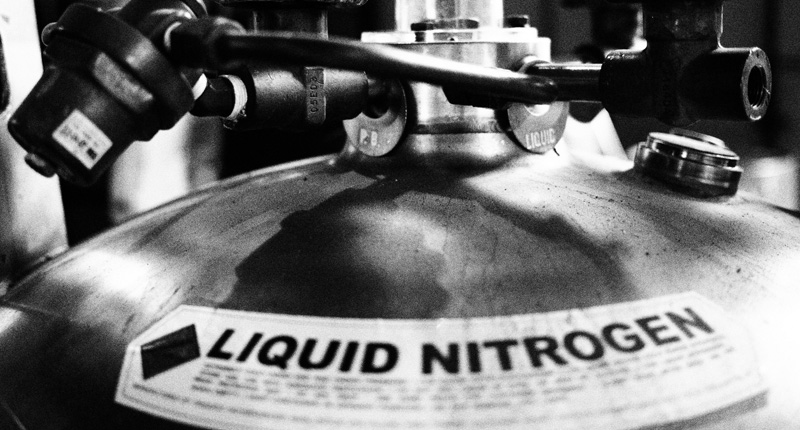New Hope School, a beacon of hope and education for children with special needs in Pretoria, is set to receive a generous donation of…
7 crazy fuel alternatives that didn’t catch on

Utter the words “alternative fuelsâ€, and most people will immediately think of hybrids, electric cars and hydrogen-powered vehicles.
But what about potential fuel sources that are even more “alternative†than those? What about powering cars with substances that make traditional fuels – i.e. petrol and diesel – seem altogether uninteresting?
Well, we had a scrounge around and found these seven entirely off-the-wall alternative fuels that haven’t quite made it in the mainstream motoring world. Well, not yet, anyway…
1. Water

Image: liz west via Flickr.
Extracting chemical energy from water sounds too good to be true, right? Well, it sort of is – although it’s strictly not impossible. You see, through the process of electrolysis, water can be broken up into hydrogen and oxygen, and then recombined to produce energy. But this process itself requires energy, and is inefficient at best and results in an energy deficiency at worst.
Still, there have been a number of claims of working water-powered vehicles over the years. One of the most intriguing was that of Japanese company Genepax in 2008, which maintained that its invention employed an onboard energy generator to extract hydrogen from water, using it in turn to produce the energy to power the car. A year later, however, the company went quiet and shut its doors.
2. Human fat

Image: Patrick Haney via Flickr.
Back in 2008, Beverly Hills cosmetic surgeon Alan Bittner claimed that he was using fat collected during liposuction procedures to power his Ford Explorer, as well as his girlfriend’s Lincoln Navigator, adding “I have more fat than I can use.†And, of course, he called the newfound fuel “lipodieselâ€.
But after apparently carrying out more than 7 000 flab-sucking procedures — seemingly powering hundreds of happy kilometres — the good doctor abruptly shut down his practice and headed for South America, dodging all manner of lawsuits in the process. And although the idea of creating biofuel from human blubber is entirely credible, Bittner didn’t take into account the fact that it’s illegal in the US to use human medical waste to power cars…
3. Chocolate

Image: Peter Pearson via Flickr.
Alternative fuel vehicles tend to be held back by “compromised†performance, right? Well, not the chocolate-powered “WorldFirst Formula 3 Car†unveiled by a group of boffins at the University of Warwick a few years back. This race-ready vehicle employed a biodiesel engine capable of running on fuel made from “waste chocolate†(such a thing exists?!?) and vegetable oil, and could ostensibly hit 100km/h from standstill in less than four seconds.
Rather hilariously, the car also boasted a steering wheel crafted from carrots, a racing seat build with flax fibre and soybean oil, and brake pads made from ground cashew nut shells. But, to be honest, we’re not sure we’d be able to sacrifice our favourite chocolate bar, even to the gods of fuel…
4. Human faeces

Image: GorillaSushi via Flickr.
The treatment of raw sewage — of which the world bears an almost unlimited supply — has an unexpectedly handy by-product: methane gas. This gas, of course, can be used to power all sorts of things, including automobiles (yes, in theory that means that poo-powered cars are entirely possible).
Similarly, discarded baby diapers that would otherwise have been added to the already overflowing landfills can be transformed into a synthetic diesel fuel via the process of pyrolysis, a thermochemical decomposition of organic material at elevated temperatures. Load of crap? Well, yes and no…
5. Rubbish

Image: Pammie76 via Flickr.
Just like the foul-smelling example above, the use of garbage to power cars makes oodles of sense considering just how much junk we have piled up all around the globe. And it’s entirely possible thanks to the process of gasification (which dates back to the 1600s), in which heat is used to transform carbon-based solids into synthetic gases, which can in turn be distilled into ethanol.
Of course, not just any trash will do – glass and metal, for instance, can’t be used. But waste materials such as wood chips, grass cuttings, and even car tyres are generally believed to be viable sources of energy. General garbage materials, however, would require sorting and even pre-treatment, which obviously increases the overall cost.
6. Liquid nitrogen

Image: Daniel Go via Flickr.
In the early 1900s, a few vehicles propelled by liquid nitrogen were unveiled. So, how do such contraptions they work? In its stored state, the nitrogen is kept cold (i.e. in liquid form). But when released into the engine, it heats up and releases energy, thereby becoming capable of, say, operating a piston.
But the system isn’t perfect. In fact, the major stumbling block is the fact that energy is required to liquefy the nitrogen in the first place, a largely inefficient process in which electrical energy is lost. In effect, this means that – like most alternative fuel vehicles – the liquid nitrogen car would essentially be powered via the not-so-green electrical grid.
7. Tequila

Image: Gerrit Garbereder via Flickr.
As you are perhaps aware, Tequila is a distilled beverage made from the agave tequilana plant, which grows in certain regions of Mexico. But this succulent plant also happens to be rather well suited to the production of ethanol, which in turn is capable of powering cars.
Rather handily, the agave plant is exceptionally water-efficient, which means its can be grown in even very hot, dry areas on so-called barren land. And the best part? Unlike certain other sources of ethanol, prudent use of the agave plant to create biofuel would not deplete the world’s food stocks, putting the food versus fuel debate to bed (but perhaps giving rise to a booze versus fuel debate?).

